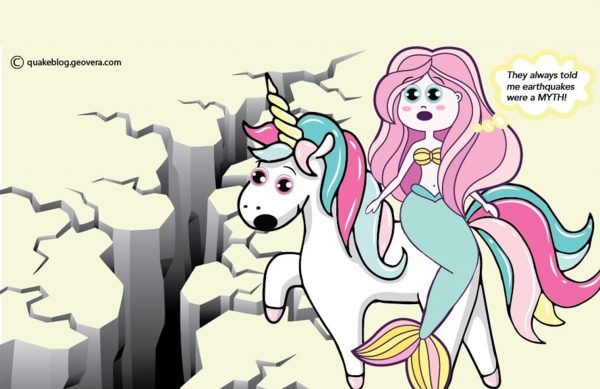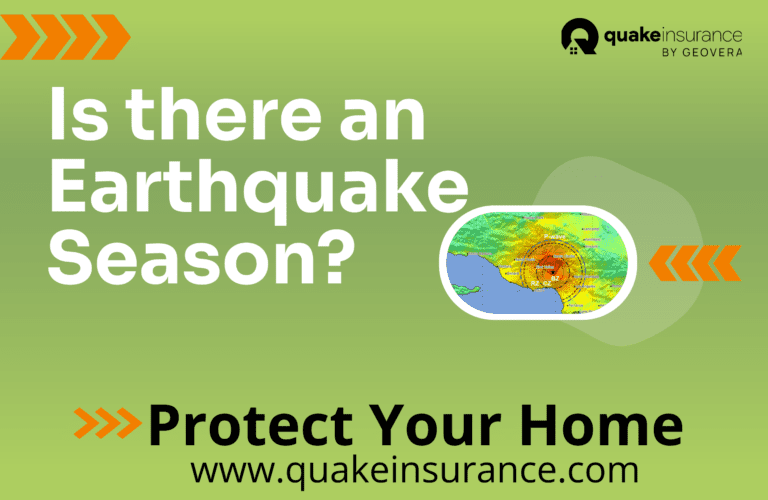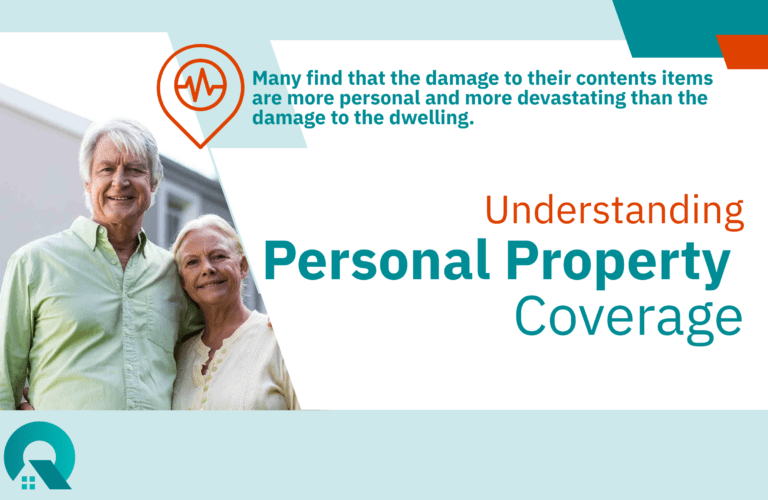If you were to search the internet for “Earthquake Movies,” you may (or may not) be surprised with how many results you’ll find. San Andreas, Apocalypse, and 10.5 are three recent films that paint a grim story of the likely earthquake and the speculative aftermath. Is Hollywood onto something, or do these movies push more earthquake myths than fact?
Hollywood may get some things right and other things wrong when it comes to earthquake science. How much of the hype should you believe? We know that a massive earthquake is overdue for the West Coast and Pacific Northwest. What happens when an earthquake of cinematic scale strikes? These earthquake myths and facts will set the record straight.
Earthquake Myths and Facts

Myth 1: “Stand in a doorway when an earthquake strikes.”
Fact: Perhaps this was once an accepted practice, or maybe an old wives’ tale, but now experts firmly discourage standing in a doorway during a quake. Modern building practices make the doorway no safer than any other part of the house. The door, as it swings on its hinges, is likely to strike you and injure you. A doorway also doesn’t protect you from falling objects and debris, and, instead of protecting your head and neck, you’ll be holding onto the doorframe trying to stay in place. Forget this myth, and take cover under a table or a sturdy surface.
Myth 2: “Earthquakes only happen late at night or early in the morning.”
Fact: Earthquakes can and do happen any time of the day or night. People are more likely to remember the ones that either fit a specific pattern or surprised them the most. However, earthquakes happen throughout the day, and not all are as memorable or noticeable.


Myth 3: “Earthquake faults can swallow people and buildings.”
Fact: This is one of the big Hollywood earthquake myths. Sometimes, writers have used earthquake faults to do-away with a character, like taking quicksand to a whole new level. The science of earthquake faults is simple: earthquakes are caused by friction. Friction is caused by objects rubbing together. If the ground could move away from a fault (instead of across a fault), the fault would open up. If the fault opens up, there is no friction. No friction means no earthquake.
Myth 4: “California is going to break off from the United States and sink into the ocean.”
Fact: Californians may laugh about this one, but this earthquake myth is pervasive throughout the United States. Experts on plate tectonics have determined that the motion of the plates located on the West Coast have eliminated this threat. In fact, western California is moving horizontally along the San Andreas fault and up and around the mountains to the northeast of the Los Angeles basin. This means that the land on both sides of the San Andreas fault is moving closer together, not farther apart. Finally, the ocean is not a giant hole for the ground to fall into– instead, there’s just more land with water above it.


Myth 5: “Buildings are good because we have building codes.”
Fact: Unless we are checking codes regularly, it is not likely that the building is earthquake-ready. This means we have more old buildings that are in need of updates. Retrofitting is the responsibility of the building’s owner. Checking to make sure your building has been retrofitted to code can save lives.
Myth 6: “Earthquakes can be predicted by the weather.”
Fact: This is another earthquake myth because the source of the shaking starts far below the surface of the land. The surface weather has little to do with the chance of an earthquake. Human bias has continued this myth: the weather on the day of the earthquake coincidently fits a biased pattern, and that pattern is conveniently remembered and applied to future instances.


Myth 7: “Animals can predict an earthquake.”
Fact: This is half-myth and half-truth. There isn’t any evidence that can prove this theory without a doubt. People have been able to observe some behavior changes in animals before earthquakes, but these changes haven’t been consistent enough to make a definitive connection between animals and earthquakes.
Myth 8: “Earthquakes are more frequent now.”
Fact: Lack of evidence debunks this earthquake myth. Our ability to measure earthquakes with advances in science and technology has made us more aware of earthquakes previously unnoticed.


Myth 9: “We can predict earthquakes.”
Fact: This is one of the earthquake myths that we hope is true one day. Scientists attempt to calculate the possibility of earthquakes using patterns and research. However, there is no true scientific way to determine when an earthquake will occur. Because of this uncertainty, seismologists, government officials, insurance companies, and researchers all encourage individuals to be proactive when it comes to safety and preparedness. We don’t know exactly when the next earthquake will strike, but we do know that it will happen. Your role in preparedness could save lives, prevent your financial ruin, and keep you safe。
Want more earthquake myths and facts?
Check out USGS’s Earthquake Facts and Earthquake Fantasy for more earthquake facts you should know if you live in earthquake country.
QuakeInsurance by GeoVera provides innovative insurance solutions in catastrophe-exposed areas and is the leading provider of residential earthquake insurance. QuakeInsurance uses a strategic and agile approach to developing insurance products that are both impactful and reliable. Get a quote today!



